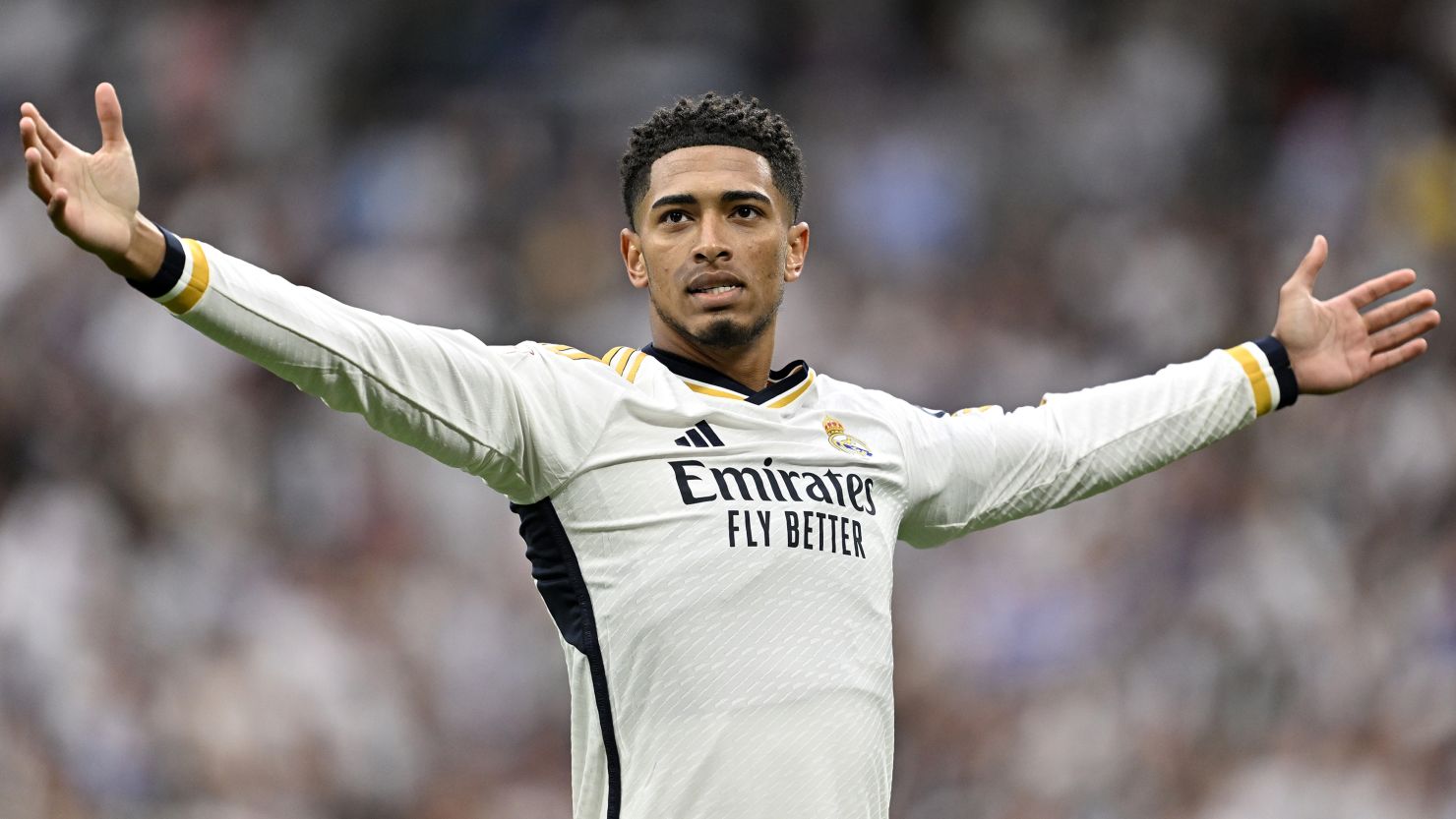As the Spanish giants continue their relentless pursuit of excellence in 2024, a fascinating retrospective of their greatest players since 2000 reveals how the club has maintained its status as football’s most successful institution through different eras of dominance.
The dawn of the millennium ushered in Real Madrid’s ambitious Galácticos era, a period that would forever change football’s transfer landscape and set new standards for assembling star-studded squads. This philosophy of recruiting the world’s most marketable talents began with Luis Figo’s controversial €62 million move from Barcelona in 2000, followed by Zinedine Zidane’s arrival in 2001 for a then-world record fee.
The Galácticos project, while sometimes criticized for prioritizing commercial appeal over tactical coherence, delivered moments of extraordinary brilliance. Zidane’s volley in the 2002 Champions League final against Bayer Leverkusen stands as perhaps the most iconic goal in the competition’s history, symbolizing the marriage of technical excellence and theatrical grandeur that defined this era.
However, Real Madrid’s 21st-century success story isn’t merely about marquee signings. The club’s ability to nurture and develop talent has been equally crucial. Iker Casillas, emerging from the youth academy, became the youngest goalkeeper to play in a Champions League final and went on to captain both Real Madrid and Spain during their most successful periods. His 725 appearances and countless crucial saves earned him recognition as one of football’s greatest goalkeepers.
The transition from the Galácticos era to the modern period was bridged by Cristiano Ronaldo, whose 2009 arrival for a then-record €94 million fee would prove to be arguably the most significant transfer in football history. His nine-year tenure at the Bernabéu rewrote the record books: 451 goals in 438 games, including 105 in the Champions League, four Ballons d’Or, and four Champions League titles. Beyond the statistics, Ronaldo’s presence elevated Real Madrid to new heights in their eternal rivalry with Barcelona, providing a worthy adversary to Lionel Messi during La Liga’s golden age.
The club’s midfield evolution tells another fascinating story of sustained excellence. The trio of Luka Modric, Toni Kroos, and Casemiro formed what many consider the greatest midfield combination in modern football. Modric, the 2018 Ballon d’Or winner, redefined the role of a creative midfielder with his ability to control games through subtle touches and precise passing. Kroos, despite never being the most athletic player, established himself as one of football’s greatest passers, while Casemiro provided the defensive foundation that allowed his partners to flourish.

In defense, Sergio Ramos epitomized Real Madrid’s fighting spirit. Initially signed as a right-back from Sevilla, he evolved into one of football’s most complete central defenders. His knack for scoring crucial goals, most notably the 93rd-minute equalizer in the 2014 Champions League final against Atlético Madrid, made him a symbol of the club’s never-say-die attitude.
The current generation of Real Madrid stars continues this legacy of excellence. Vinicius Jr., after initial struggles following his move from Flamengo, has developed into one of world football’s most electrifying talents. His combination of devastating dribbling ability and improved finishing has made him a worthy heir to the club’s great attacking traditions. The recent emergence of Jude Bellingham, who has made an unprecedented impact in his debut season with over 20 goals from midfield, suggests that Real Madrid’s ability to attract and develop world-class talent remains undiminished.

Karim Benzema’s journey at Real Madrid perfectly encapsulates the club’s commitment to long-term excellence. Initially overshadowed by Ronaldo, Benzema’s selfless play and technical brilliance eventually earned him the spotlight. His magnificent 2021-22 season, culminating in a Ballon d’Or win, represented the perfect reward for years of dedicated service to the club’s cause.
The modern era has also seen Real Madrid adapt to changing tactical demands while maintaining their traditional values. The emergence of players like Dani Carvajal, who has constantly evolved his game to meet new challenges, and Thibaut Courtois, whose heroics in the 2022 Champions League final against Liverpool demonstrated the continuing importance of world-class goalkeeping, shows how the club successfully balances tradition with innovation.
Perhaps no player better exemplifies this balance than Marcelo, who redefined the left-back position during his trophy-laden career at the Bernabéu. His technical skills rivaled those of many forwards, yet he never neglected his defensive duties, eventually earning the captain’s armband and setting a record for the most titles won by any Real Madrid player.
As Real Madrid continues to evolve in 2024, the legacy of these players provides both inspiration and a blueprint for future success. The club’s ability to blend galactic talent with homegrown excellence, while maintaining a winning culture across different eras, remains unmatched in world football.

Looking ahead, the emergence of young talents like Bellingham and Vinicius Jr., combined with the continuing excellence of veterans like Modric, suggests that Real Madrid’s position at football’s summit remains secure. The club’s unique ability to attract both established stars and promising youngsters, while maintaining the highest standards of excellence, ensures that the next chapter in their illustrious history will be equally compelling.
As football evolves and new challenges emerge, Real Madrid’s 21st-century legacy demonstrates that true greatness isn’t just about individual moments or players, but about creating a sustainable culture of excellence that spans generations. From the Galácticos to the current crop of stars, each era has added its own distinct chapter to football’s most successful story, while maintaining the core values that make Real Madrid more than just a football club.



